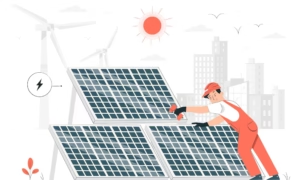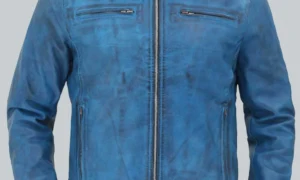The Textile Recycling Market is experiencing a revolutionary resurgence, carving a crucial niche in the global sustainability landscape. With a renewed focus on reducing waste and conserving resources, this market is gaining momentum and transforming old textiles into new possibilities.
The fast fashion industry, while delivering trendy apparel at affordable prices, has been a significant contributor to textile waste. But times are changing. The Textile Recycling Market, driven by sustainability concerns, is now giving these discarded clothes a new lease on life.
Rising Environmental Concerns
The fashion industry has long been critiqued for its environmental footprint. Textile waste, including discarded clothing and fabrics, often ends up in landfills, posing a severe threat to the environment. The Textile Recycling Market is emerging as a solution to this problem. It’s a market driven by the need for sustainable practices and ethical consumption.
The Three Pillars of Textile Recycling
Reduce: Many brands are making strides in sustainable fashion by producing less, choosing quality over quantity, and emphasizing durability. This ‘less is more’ approach directly reduces textile waste.
Reuse: Textile recycling isn’t just about breaking down old clothes into rags. It’s about extending the life of textiles through resale, donation, and upcycling. Thrift stores, online marketplaces, and upcycling businesses are all benefiting from the shift towards reusing textiles.
Recycle: Recycling textiles involves converting old garments into raw materials for new products. This is a rapidly growing segment of the Textile Recycling Market, with innovations like mechanical recycling and chemical recycling paving the way for more sustainable production.
Market Growth and Innovation
The Textile Recycling Market is rapidly expanding. Innovations in textile-to-fiber recycling technologies are allowing for a more sustainable and circular approach to fashion. Companies like Patagonia, Eileen Fisher, and The North Face are not only recycling textiles but also encouraging their customers to do the same.
Moreover, an increased awareness of the carbon footprint of the fashion industry is driving demand for eco-friendly and recycled materials. This has led to a surge in investments in research and development for more sustainable textile production, further boosting the Textile Recycling Market.
Economic Opportunities and Job Creation
Beyond the environmental benefits, the Textile Recycling Market is creating economic opportunities. Small businesses specializing in upcycling or resale are thriving, and new job opportunities are emerging in the recycling industry. This market is not only driving sustainability but also contributing to local and global economies.
Consumer Awareness and Responsibility
Consumers are now more aware of the environmental impact of their clothing choices. They are increasingly looking for brands that prioritize sustainability, leading to a surge in the Textile Recycling Market. Consumer behavior plays a pivotal role in reshaping the fashion industry into a more sustainable entity.
Conclusion
The Textile Recycling Market is not just about waste management; it’s a promising industry that is turning discarded clothes into new opportunities for businesses and a cleaner environment. The three pillars of reducing, reusing, and recycling textiles are setting a new standard for the fashion industry, ushering in a future where sustainability is not a buzzword but a way of life.
As more businesses and consumers embrace the Textile Recycling Market, it’s poised to become a driving force behind a more sustainable and responsible fashion industry, one where every old piece of clothing has the potential for a new, vibrant life. This market is not just about recycling textiles; it’s about recycling values and shaping a better, cleaner future.








































